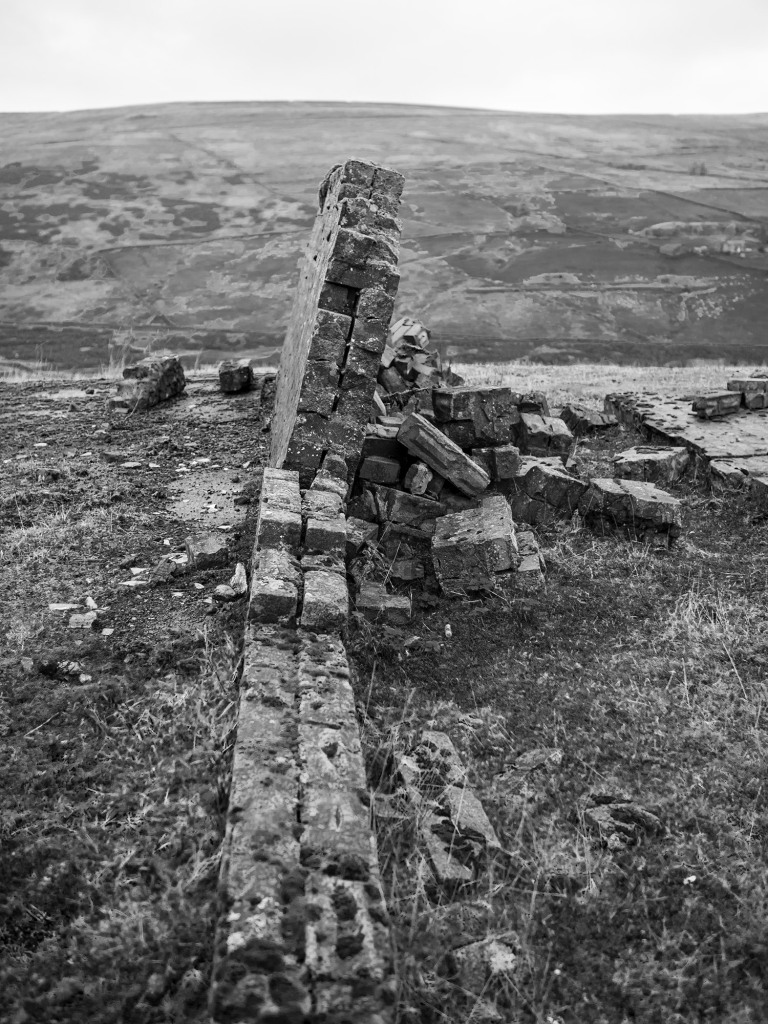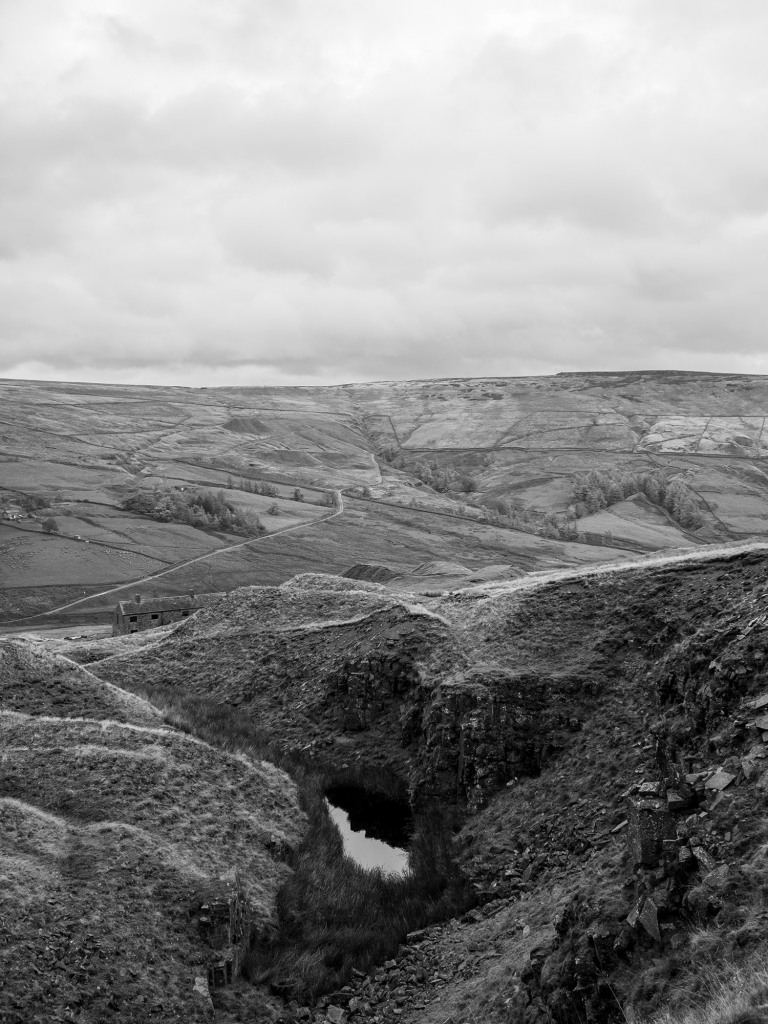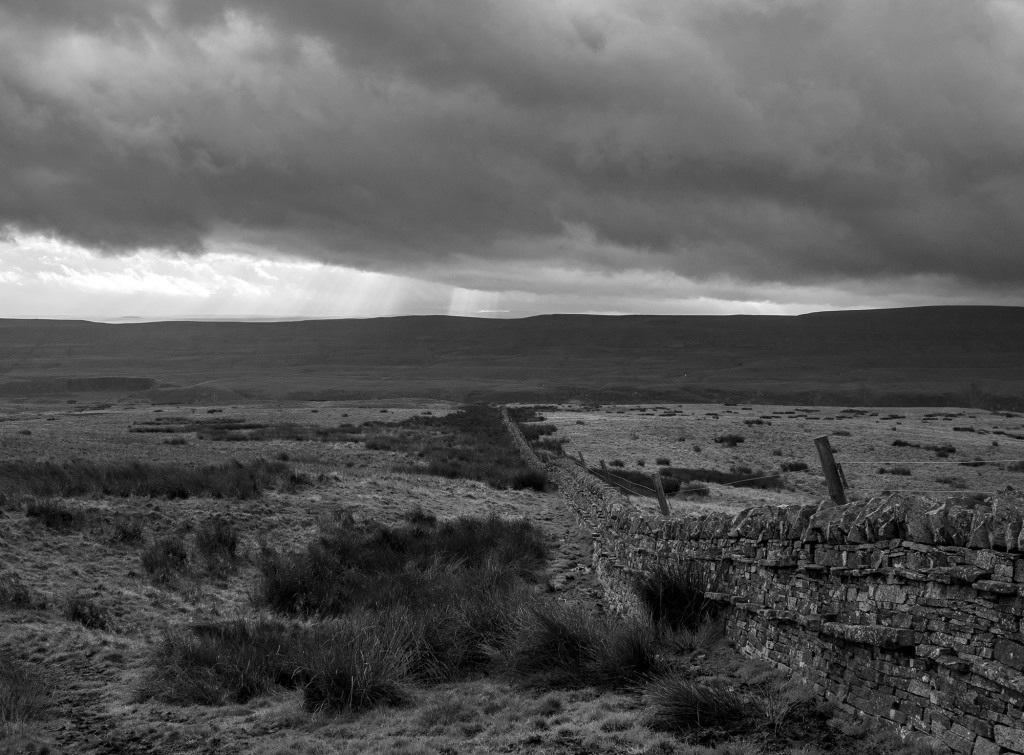Widespread unconformity
Rhythmic units of argillaceous sandstone
Subordinate ironstone
Widespread unconformity
Rhythmic units of argillaceous sandstone
Subordinate ironstone






I found this lovely fossil echinoid on the beach between Marske and Redcar. The fossil is smooth to the touch and heavy in the hand, the rock is beautiful dense flint with an unmistakable five pointed star on its upper surface. Fossil echinoids are not uncommon finds in areas with chalk bedrock but this is the first example that I have found on our beaches.

Fossil echinoids have been valued by humans for many thousands of years, the earliest evidence is a 400,000 year old Acheulean handaxe found in Kent. The axe had been carefully knapped to preserve and display the fossil.

Fossil echinoids have also been found in prehistoric graves across Europe and North Africa. The most famous British example is probably the Bronze Age Dunstable Grave which was excavated in the late 19th century. The grave contained the entwined bodies of a woman and a child, the pair were encircled by a couple of hundred of fossil echinoids.



In southern England these fossils are also known as Fairy Loaves or Shepherds Crowns. There is a folk tradition that if you keep a fairy loaf on your window ledge you will never run out of milk and your bread will always rise. They are also used as amulets, when placed on or around a doorway they will keep the devil at bay.
A work in progress
Standing on a gentle hillside and unfortunately incarcerated in a modern drystone wall, this is a beautiful site to visit. Its prehistoric builders had pleasing polychromatic tastes.
A Guide to the Stone Circles of Britain, Ireland & Brittany. Aubrey Burl. 1995









Etymology – The name derives from Gaelic and has been interpreted as ‘field of prayer’ (from ‘auch’ or ‘achd’ meaning ‘field’, and ‘ortha’ meaning ‘prayer’) or ‘field of pillar stone’ (‘achadh choirthe’).
I took a wander with Carl Mole down to Port Mulgrave yesterday and spent some time on the beach looking for fossils.


I came across this interesting-looking fossil, I’d not seen not seen anything similar before so I took a few photos. When I got home I had a look through Dean Lomax’s guide, Fossils of the Whitby Coast. It turns out that it’s a Pseudo fossil known as a cone-in-cone structure.
The cone-in-cone structure is literally what it says; several cone-shaped structures placed one within the other. The cones are often orientated vertically. They are believed to form through the growth of fibrous crystals.
Fossils of the Whitby Coast – Dean Lomax
If you have an interest in the fossils of the North Yorkshire coast I would highly recommend Dean’s guidebook. It’s not a very large book but it’s very well written and packed with photographs and illustrations, it has never let me down.

I took a walk around Brimham with Graeme Chappell. Graeme has been spending a lot of time in this area. Read about some of his research and wanderings here Arcanum
Monuments can be landscapes and landscapes may be monuments.
Richard Bradley
A few weeks ago Graham and I were stood on Harberry Hill looking south across Teesdale. I could see the scar running beneath the scarp edge of Holwick Moor. I was trying to figure out how I had previously overlooked such a massive outcrop of limestone, Graham put me right ‘it’s the Whin Sill’..of course it is. On returning home my mind kept taking me back to the Scar, we decided to return.

The Tees – Powler’s frozen suds.


The road to Holwick







Wandering Upper Teesdale with Graham Vasey looking for an outcrop of the Cleveland Dyke.









Hudeshope, Elphatory Allotment, Coldberry Gutter, Cleveland Dyke, Harberry Hill, Pikestone, Skears, Brown Dodd
Beachcombing Runswick Bay with Chris Whitehead










There are reports of Shap Granite boulders on the seabed of the Tees Bay. These boulders were transported by a glacier during the Late Devensian glaciation about 30,000 years ago. They originate from a granite outcrop on the fells just south of the village of Shap in Cumbria.

Marske

Runswick Bay

Hayburn Wyke


Robin Hoods Bay